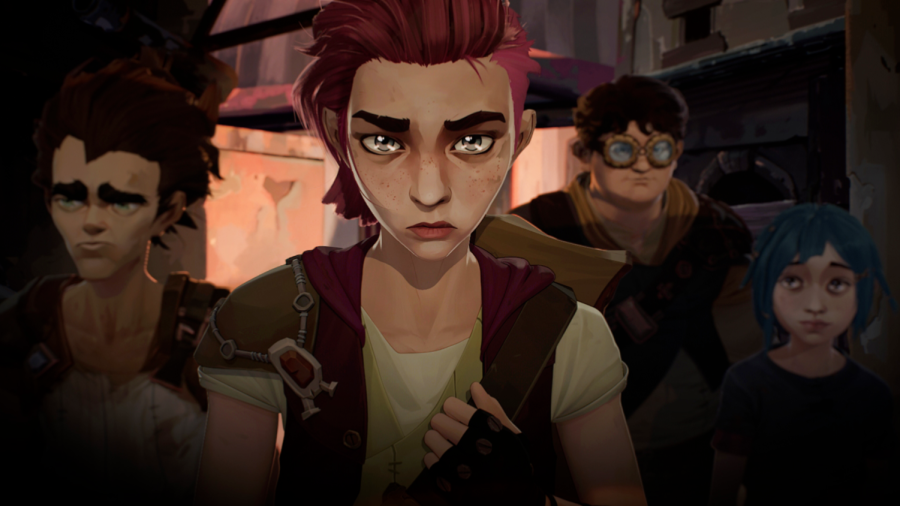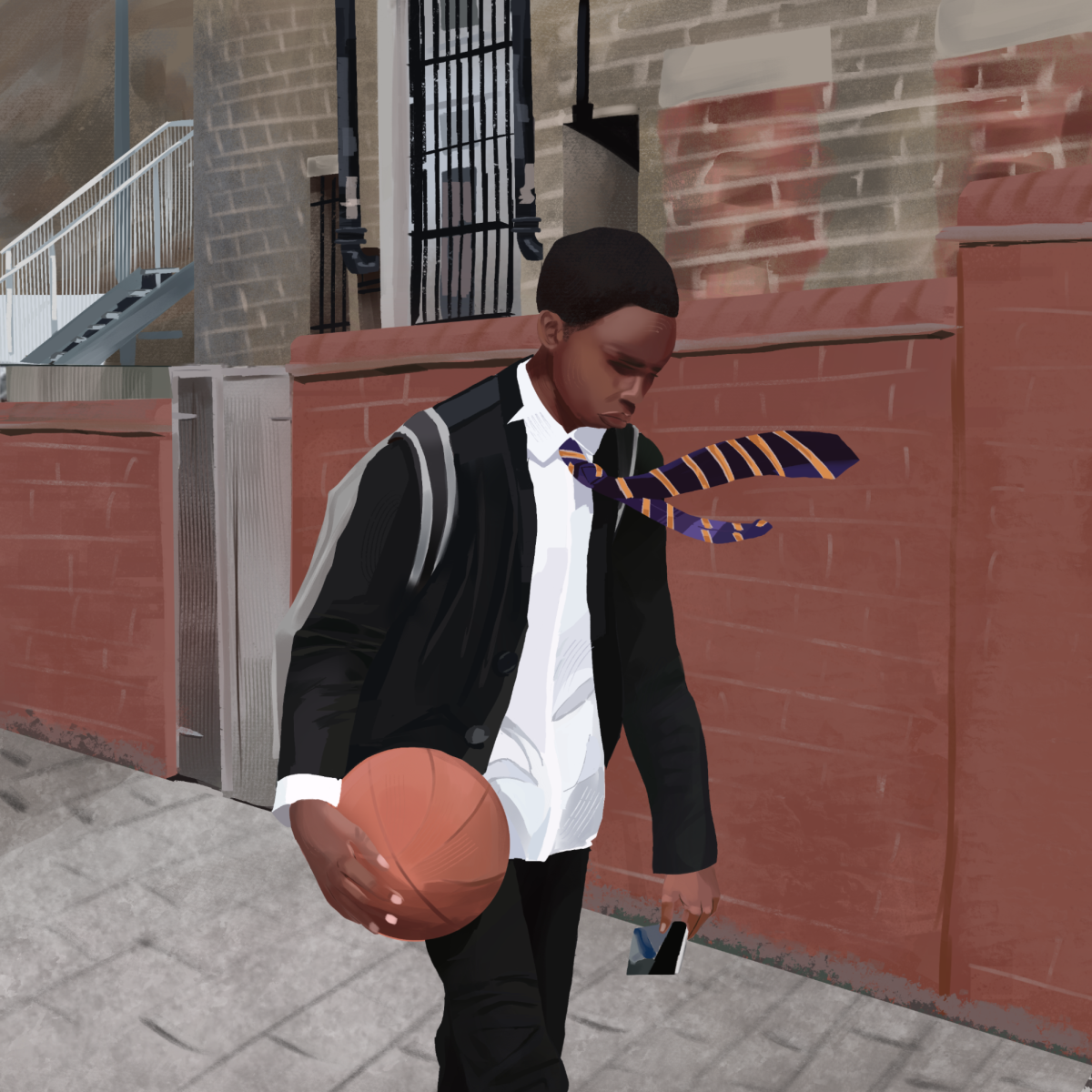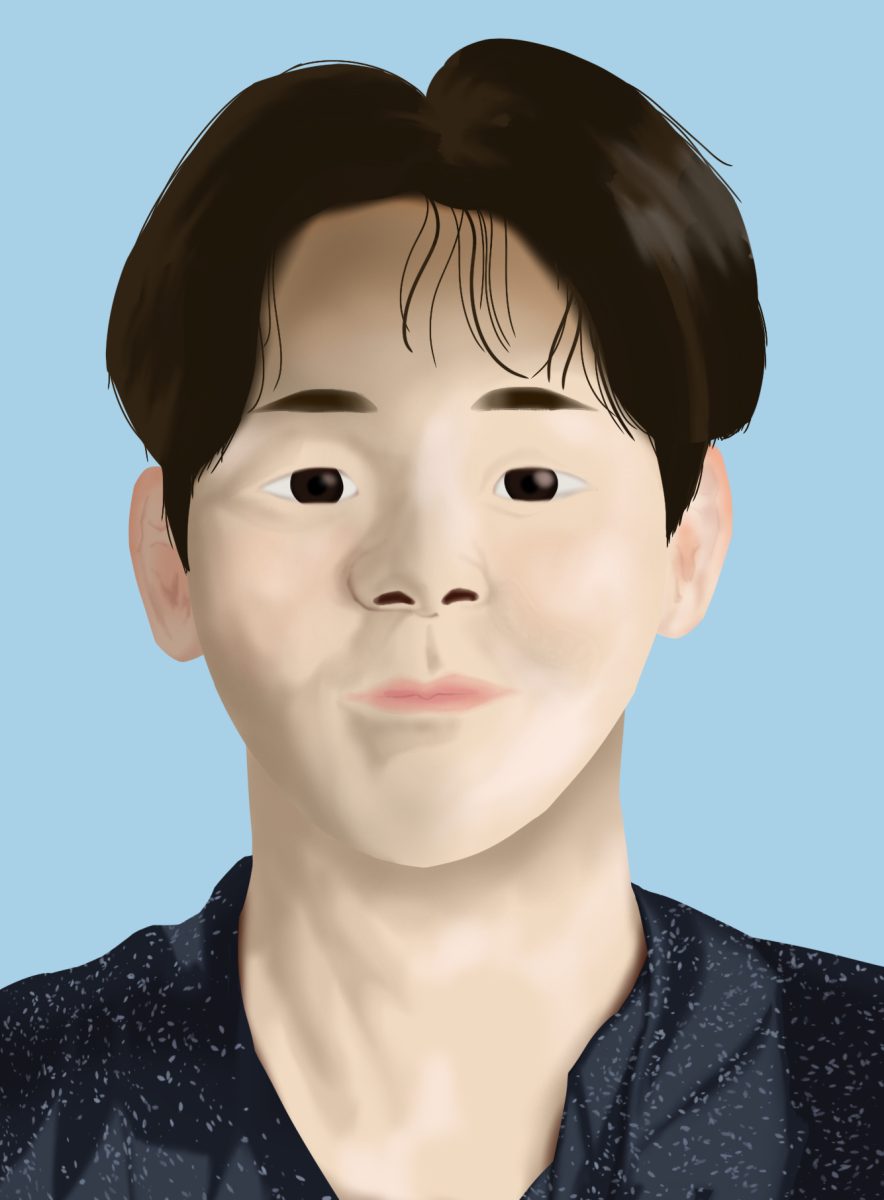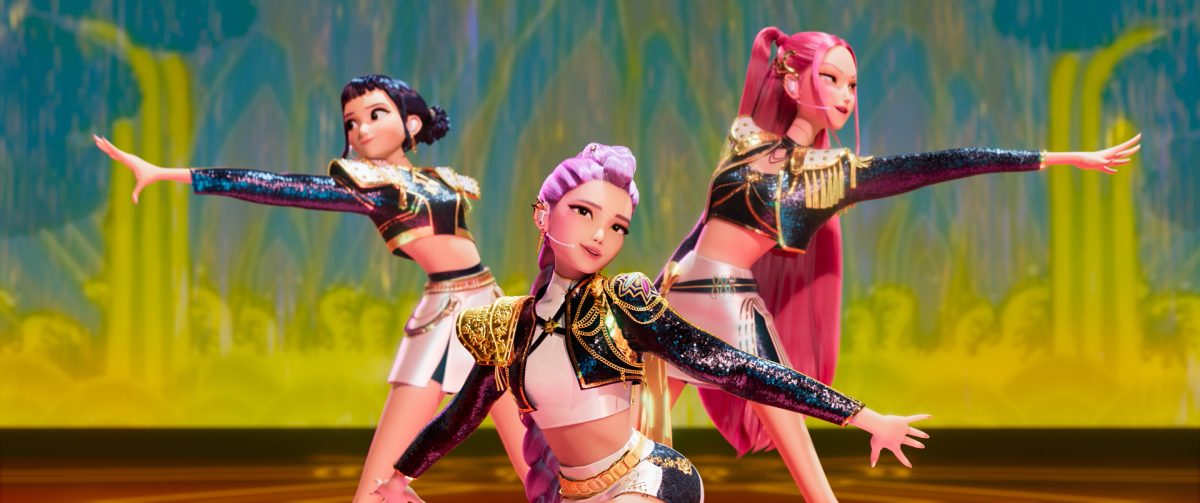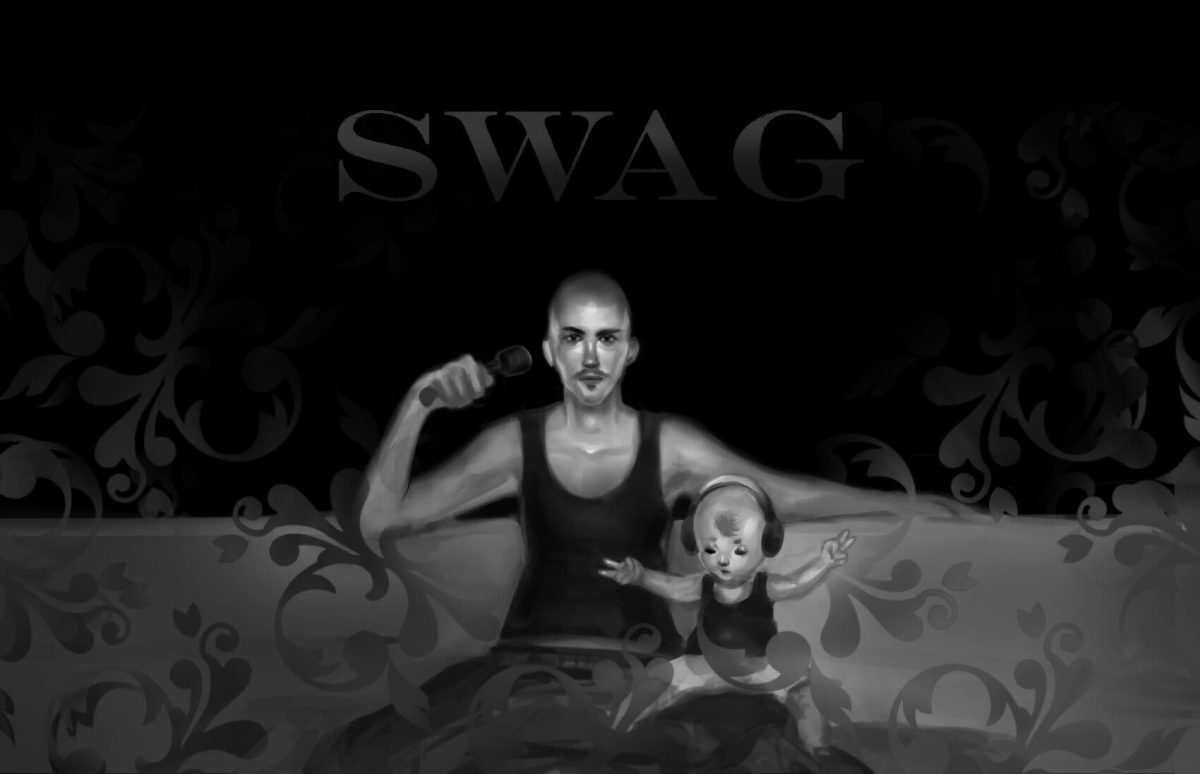In August 2016, I stepped foot onto the Parks Junior High School campus in Fullerton for my first day of seventh grade.
Having previously attended Robert C. Fisler School from kindergarten to sixth grade, which was where most of my friends still remained, I was a stranger on this new campus.
But during break, I overheard a group of boys talking about my favorite video game and joined them in a serious conversation about which character should be awarded the title of being the “strongest champion.” I came home to several Instagram follow requests from the new friends I made all because we shared a similar interest: video game developer Riot Games’ popular product, League of Legends.
At the time, the multiplayer online battle arena was one of the most popular games worldwide with millions of daily active users, according to LeagueFeed.
Although I don’t play as often now as I did before, League of Legends still managed to maintain a massive role in my life. From playing in hour long matches with friends to even competing in semi-professional tournaments in 2020, I could have never imagined making so many memories with a video game.
I knew that Riot expanded its genre of projects with the release of its first-person shooter game Valorant and mobile app, Wild Rift, but on Nov. 6, 2021, I had a “Back to the Future” moment.
The company premiered its new animated Netflix original “Arcane,” which showcases League of Legends characters in their own world. I instantly jumped on the streaming platform to binge-watch the available episodes.
After playing League of Legends for roughly five years, I lost the passion I once had for it. At times, I even felt embarrassed to say that I wasted hundreds of hours on video games instead of venturing into other hobbies, such as cooking.
But from my viewing of “Arcane,” I was able to rekindle my love for this product while also gaining the confidence to recommend the show to all my friends — even those who didn’t play video games — so that I could discuss the series with them.
The nine episodes ranging from 39-44 minutes brought back nostalgic memories in the form of animated characters whom I had spent hours trying to master during my middle and early high school gaming years. In the beginning of the series, I quickly became excited as I watched the protagonists, sisters Powder and Vi, jumping on rooftops in the opening scene.
Having played with and against these characters in League of Legends over the span of six years, I felt a personal connection to these digital ladies.
As the series progresses, Vi develops into a role model, not being afraid to stand up for her friends and family, especially against thugs in her neighborhood, which I felt was a perfect portrayal of her character. Powder, on the other hand, transforms from a scared little sibling to become Jinx, a villian who embraces her chaotic nature and lets insanity take over her consciousness.
Their specific personal developments helped me connect the dots to their specific playstyles in League of Legends, with Vi portrayed as a police officer and Jinx described as a wanted criminal in the game and in the show.
Having spent countless hours playing as both characters, I found this to be a gratifying discovery.
From seeing Vi maturely handle the loss of her parents at an early age by serving as Powder’s guardian to the meaningful fight scene in which she and Jinx break off their family bond, I remember casually conversing with my friends in November and ecstatically telling them that I finally found a show featuring “characters with powerful development and perfectly animated fight scenes.”
As expected, my friends agreed with me on many things, especially with how fantastic the fight between Jinx and Vi turns out at the end of Season One because of the stunning graphics and unique camera angles.
The show even sheds light on those not directly related to League of Legends, such as the antagonist, Silco, and his heartbreaking past of being backstabbed by his best friend, which leads him down the path of crime and terror.
When I first saw an advertisement about the Netflix original on the League of Legends homepage, I was worried that Riot would put too much emphasis on only the League of Legends champions rather than giving new characters the spotlight because only Legends fans would understand the references while non-players would be left confused, which would ruin the experience for them.
However, after watching the weekly released episodes over three weekends and seeing all of the main characters develop with a meaningful backstory, I can safely say that it feels like a show made by a production company rather than a video game company trying to advertise a product by shamelessly plugging its characters into an animated series.
By bringing up “Arcane” in light discussions at school during November, I was able to befriend my classmates through our shared interest. Not to mention, I recommended the Netflix original to my non-gamer friends, who all gave positive feedback to the series, specifically appreciating the fact that the show delved into Silco’s past of getting backstabbed by his best friend to explain his villain origin story.
In the past several months, games haven’t provided the same excitement they once did because of a lack of major updates, which is why I’m grateful that Riot Games’ “Arcane” allowed me to relive my gaming experiences in the form of an animated series.
It’s definitely not so “arcane” anymore for me and for all my fellow Leaguers out there.


